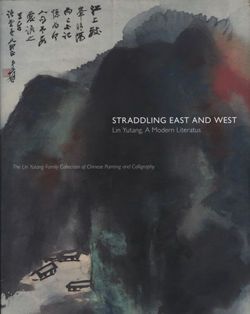Flowering Calamus and Frogs
Qi Baishi Chinese
Not on view
Qi Baishi often painted fish, crabs, and shrimp in the early years of his Beijing period (ca. 1920–57), but he seldom painted frogs. As a professional artist, he had to cater to the popular demand for sets of four hanging scrolls, so frogs became his fourth aquatic animal. The frogs in this painting face one another as if engaged in conversation in front of the calamus plant, which is indigenous to their watery habitat. Qi inscribed it with a couplet:
By the Starry Pond [Xingdou Tang] were three houses,
Where sons and grandsons knew the calamus flowers.
(trans. by Shi-yee Liu)
After moving to Beijing, Qi often drew inspiration from memories of his hometown in Hunan. The "Starry Pond" mentioned above refers to his birthplace. The Ming Loyalist Bada Shanren (Zhu Da,1626–1705) had a major influence on Qi Baishi's art. In this painting, the simple, expressive brushwork, strong compositional design, and the frogs' animated expressions are clearly indebted to Bada's psychologically evocative imagery. But Qi infused these traits with his typical warmth and humor. There is also a practical reason for his transformation of Bada's edgy style: his early Bada-inspired paintings were not well received in Beijing, so he tempered the austerity of Bada's influence with an exuberance and cheerfulness derived from the popular manner of Wu Changshuo (1844–1927).
Due to rights restrictions, this image cannot be enlarged, viewed at full screen, or downloaded.
This artwork is meant to be viewed from right to left. Scroll left to view more.


